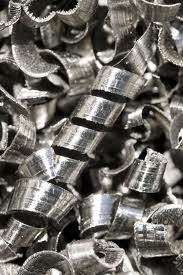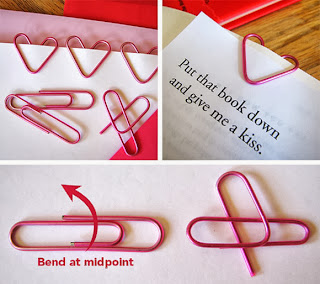Success Criteria: You can use a periodic table to figure out how many protons, neutrons and electrons there are in an atom of each element.
Listen to these songs:
Old Periodic Table Song: http://www.youtube.com/watch?v=GFIvXVMbII0
New Periodic Table Song: http://www.youtube.com/watch?v=zUDDiWtFtEM
You will not be required to remember the period table, but you will go a long ways if you can remember the first 20.
I also handed back the Density Lab. Here are some general notes on common errors that people made.
- Put the variables you control in order.
- In a data table: only write units once.
- On graphs, label axes and add a GOOD title.
- Calculations: Always show your work.
- Write out formulas before using numbers.
- Include UNITS in your slope.
Here are some note from today:
Notes on the Atom
What
makes the atoms of one element different from the atoms of another?
All
atoms are made up of: electrons, protons and neutrons.
Each
element has a different number of protons.
- The number of protons determines the element.
- The number of protons is called the Atomic Number.
Name
|
Charge
|
Mass (amu)
|
Location
|
proton
|
+
|
1
|
In the nucleus
|
neutron
|
No charge
|
1
|
In the nucleus
|
electrons
|
–
|
Very small
|
around the nucleus
|
Examples of how to find neutrons.
How
many neutrons are in Ne
(neon)?
Atomic
number: 10
Atomic
mass: 20.18 rounded to 20
Number
of neutrons: 20 – 10 = 10
How many neutrons are in Fe
(iron)?
Atomic
number: 26
Atomic
mass: 55.85 rounded to 56
Number
of neutrons: 56 – 26 = 30
How many neutrons are in Ag
(silver)?
Atomic
number: 47
Atomic
mass: 108
Number
of neutrons: 108 – 47 = 61
Handouts: Atomic Mass and Number
No homework for today except reading chapter 6.7.






























